
May 4, 2025
How to Get Rid of Fleas
As a pet owner, you've likely faced the frustration of fleas or the worry of them invading your pets. These tiny, blood-sucking parasites can live on your pet for up to 30 days, causing discomfort and potential health risks. Fleas can also invade your home, making life for both you and your furry…
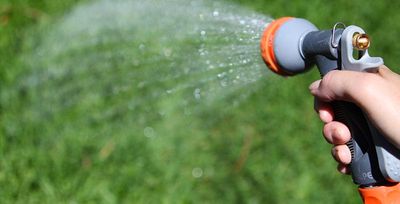
April 24, 2025
How Often Am I Supposed to Water My Lawn?
Achieving a lush, green lawn doesn’t have to be complicated. With the right watering techniques, you can promote deep root growth, enhance drought resistance, and minimize issues like weeds and disease. Here’s how to water your lawn effectively.
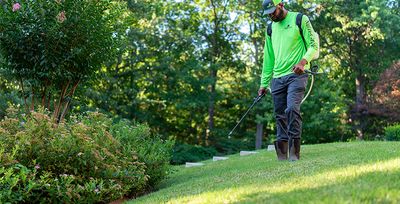
April 14, 2025
April Lawn Prep Checklist
Spring in Tulsa can be tough on lawns with its unpredictable weather. April is crucial for giving your grass the foundation it needs post-winter. From clearing debris and applying pre-emergent weed control to strategic mowing and soil testing, our April Lawn Prep Checklist covers all bases. Prefer…

March 25, 2025
What Are These Purple Flowers In My Yard?
Winter is finally going away—and then you notice little purple flowers sprouting up on your Tulsa lawn. What are those purple flowers, and why do you have them? This is our topic today. We’ll tell you about these little purple weeds, how they spread, and what is needed to eliminate them. As…

March 4, 2025
When to Mow Lawn After Winter
As the weather warms up, it’s tempting to jump into lawn care mode and fire up the mower to bring your lawn back to life. After months of cold, brown bermudagrass, the sight of green grass feels like a distant dream. But before you rush into mowing or scalping your lawn, knowing the best timing to…

February 28, 2025
Brown Patch Treatment Tulsa - Identification 101
Have you experienced brown spots on your lawn? Are you wanting to know how to identify the culprit and resolve the issue? Your lawn care professionals at Nutri-Green have some tips for brown patch identification and treatment in Tulsa.

February 20, 2025
Have You Signed Up For Lawn Care In South Tulsa Yet?
Transform your property with expert lawn care in South Tulsa. For homeowners and local businesses, professional services ensure a lush, inviting exterior year-round. Sign up today to save time and enhance curb appeal effortlessly.
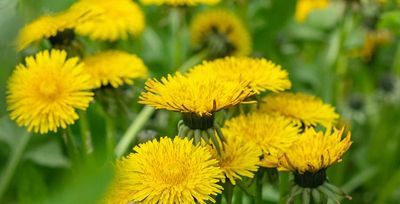
February 6, 2025
Weed Control - How to Kill Dandelions
With spring right around the corner, now is the perfect time to get ahead of dandelions before they take over your lawn. These stubborn yellow and white weeds can spread quickly if left unchecked, but with the right weed control plan, you can stop them before they have a chance to sprout.
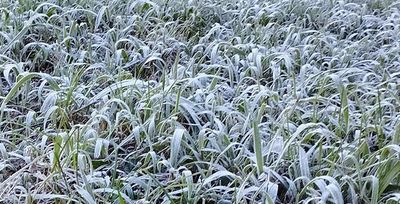
January 3, 2025
Winter Lawn Care In Tulsa: Protecting Your Grass During The Cold Months
Winter in Tulsa might not bring the harshest conditions, but colder temperatures and unpredictable winter weather can still affect your lawn's health. Taking the proper steps to protect your grass during the cold months will ensure it bounces back greener and stronger in the spring. In today’s…

December 19, 2024
Grass Roots: The Secret to a Resilient Lawn
A lush, green lawn is the pride of any Tulsa homeowner. Not only does it create an inviting outdoor space for family gatherings, but it can also enhance the home’s curb appeal and may even increase the property value. However, achieving a resilient lawn that can withstand diseases and…
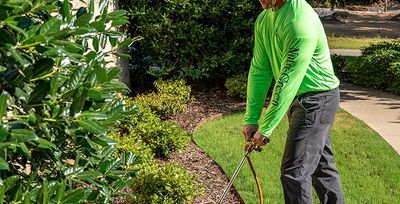
December 6, 2024
What Are The Benefits Of Deep Root Fertilization?
You take pride in your lawn. You mow, you water, you weed, you prune. Usually, your time and effort pay off, but sometimes, despite your hard work, your landscaping just doesn’t cooperate. If you have trees or ornamentals on your property that seem to be struggling, it may be time for a deep root…
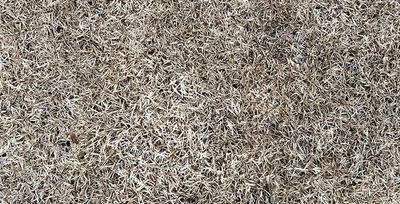
November 20, 2024
Understanding Lawn Dormancy
Have you noticed that your grass starts to look yellow or tan as winter approaches? Some lawns can even start to look like they’re completely dead. If you just raised your hand and said, “That’s my lawn,” we have good news. Your lawn isn’t dead. It’s just sleeping. This is called…









